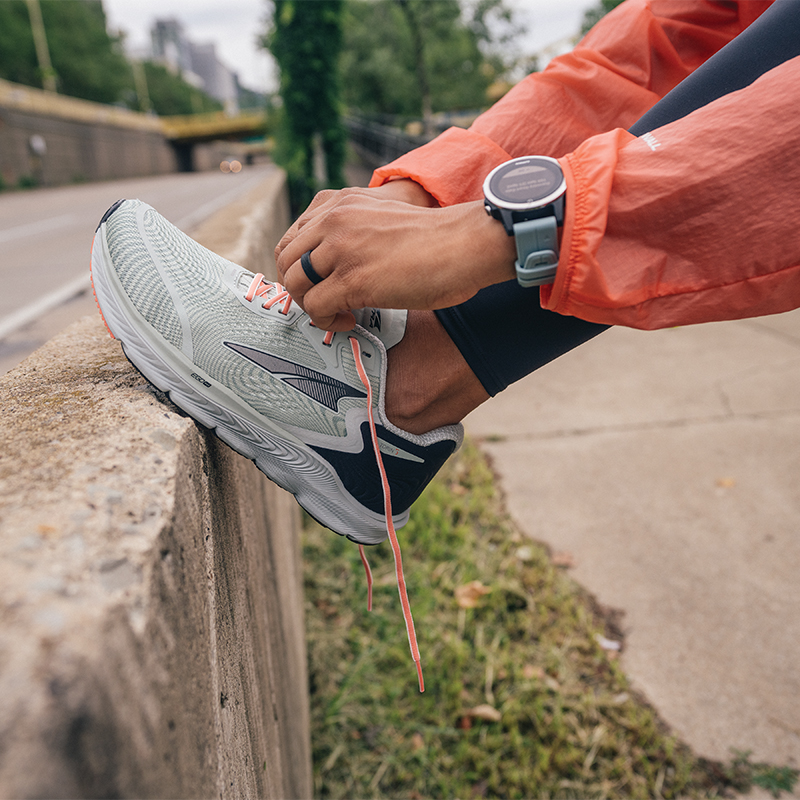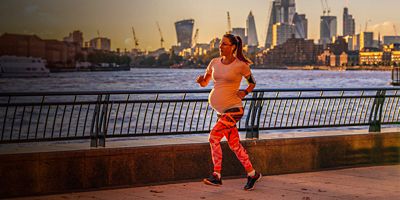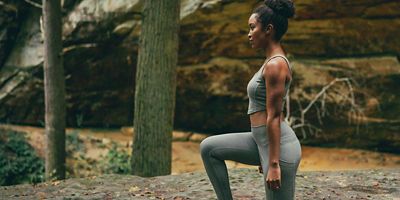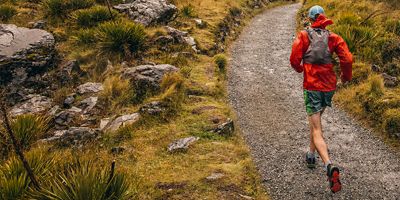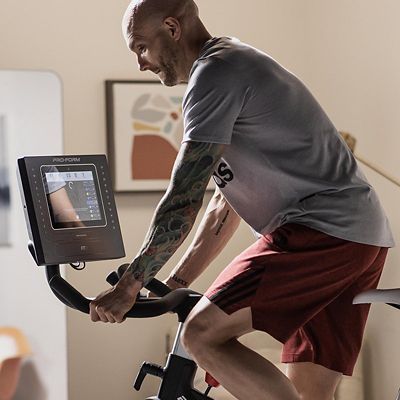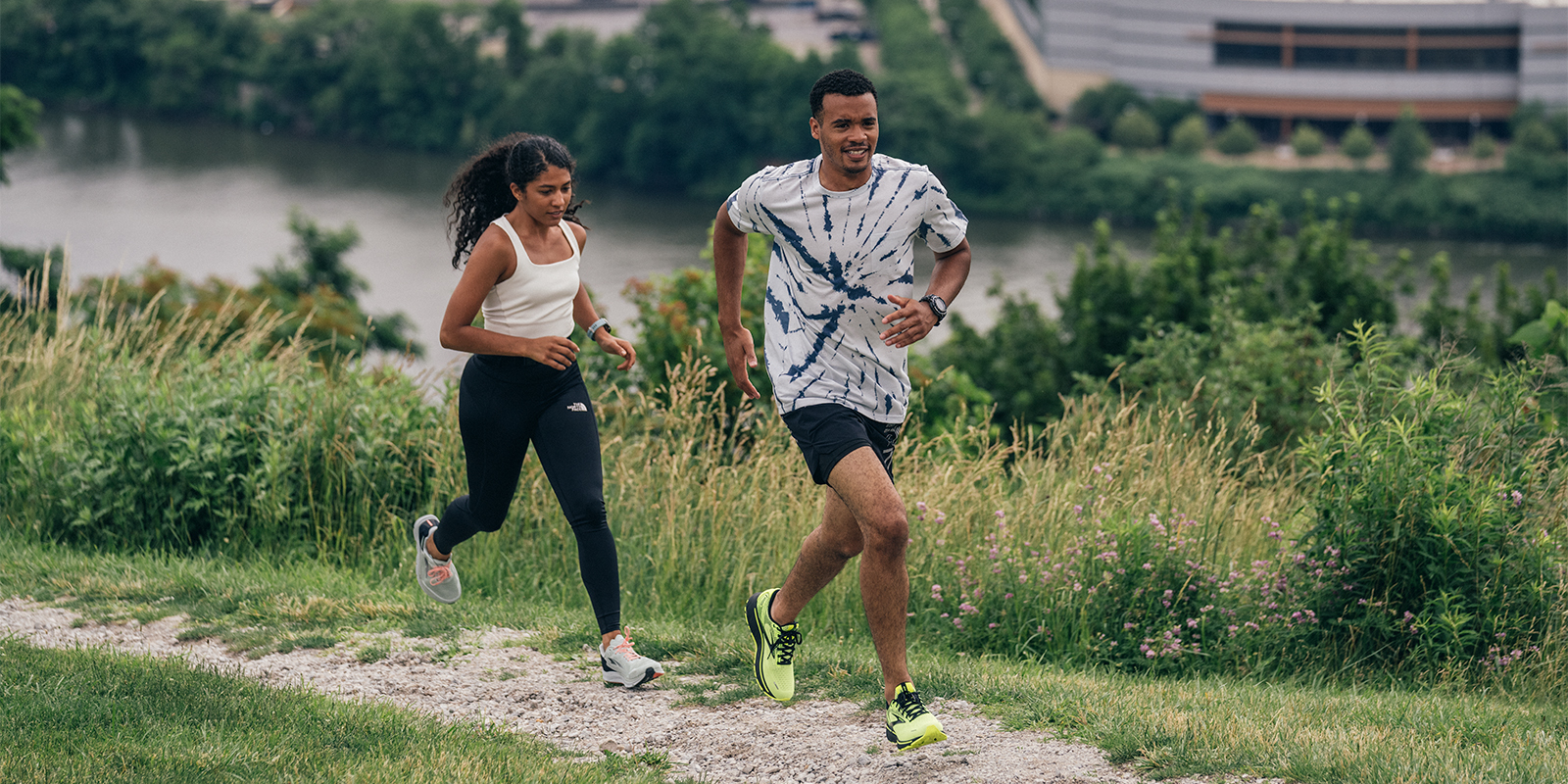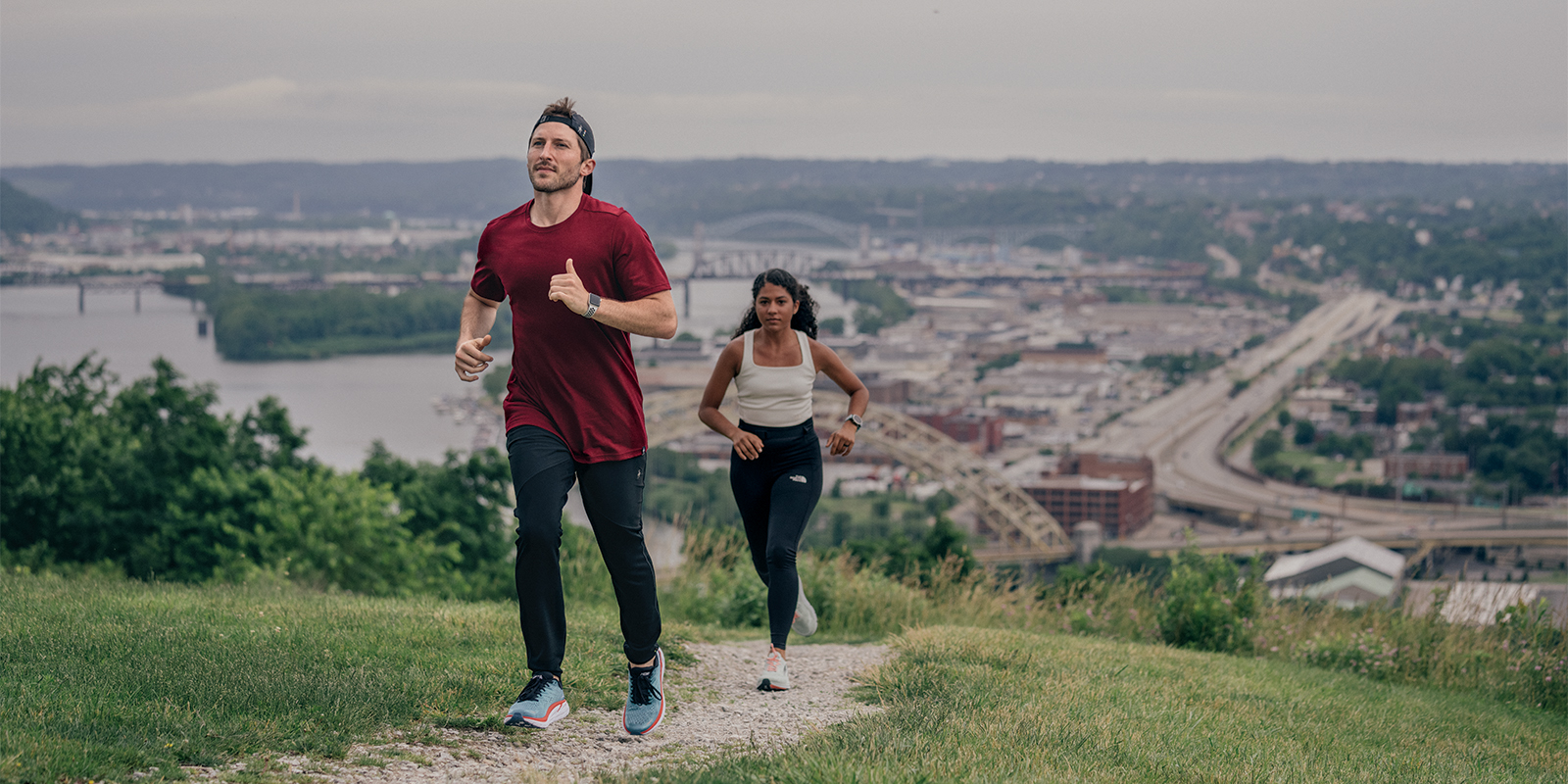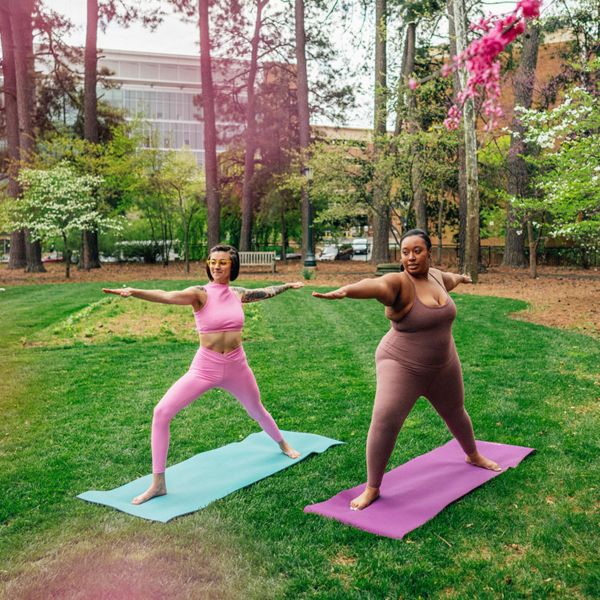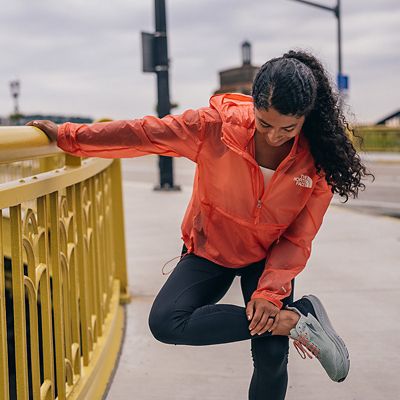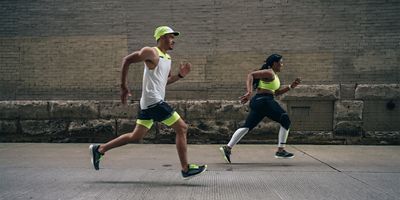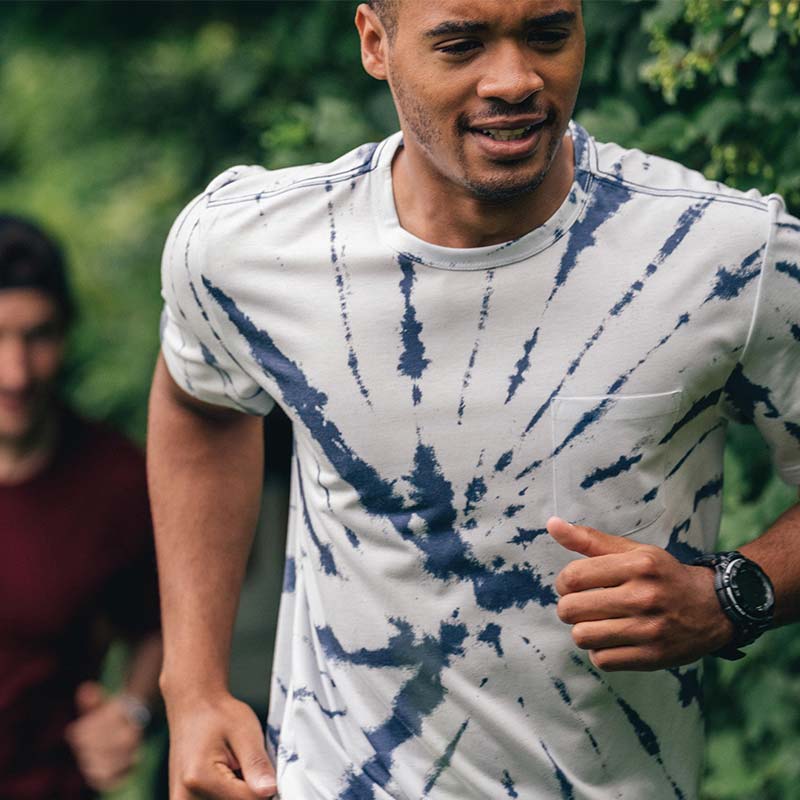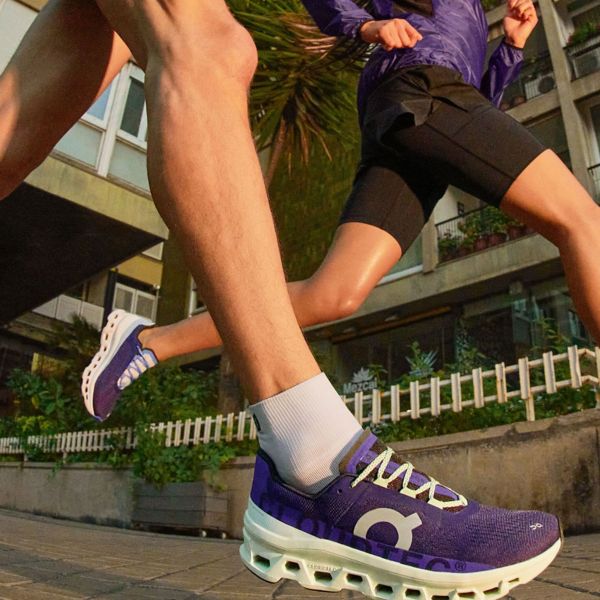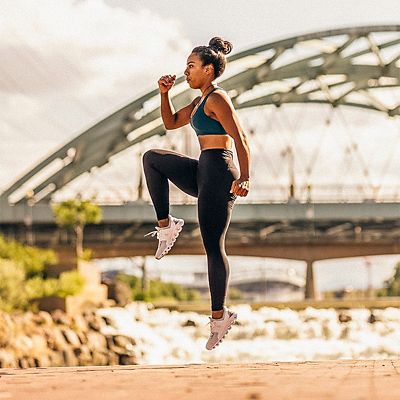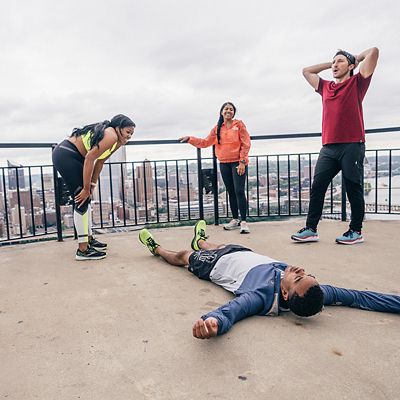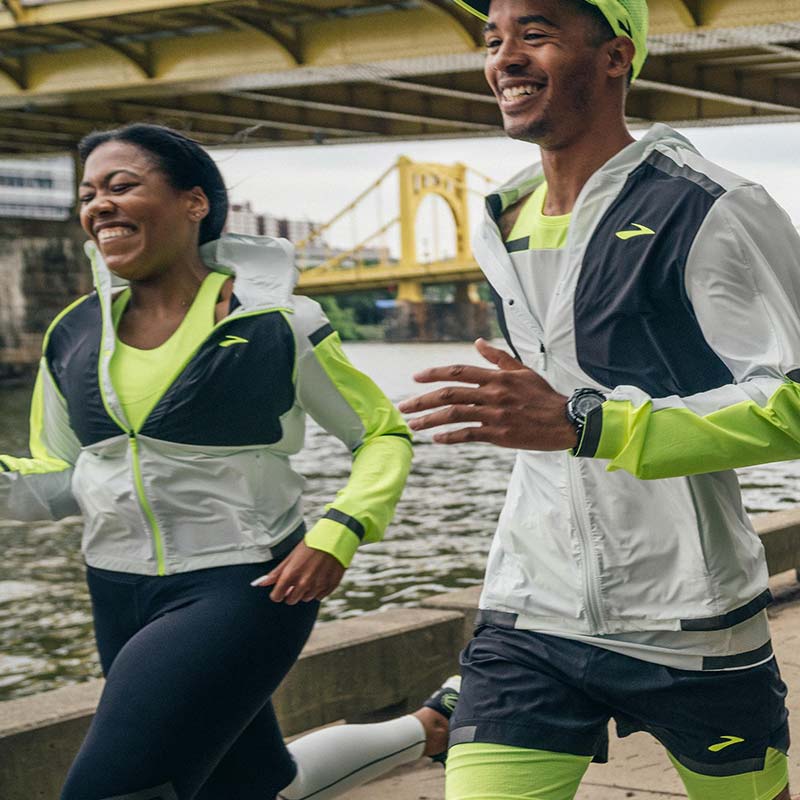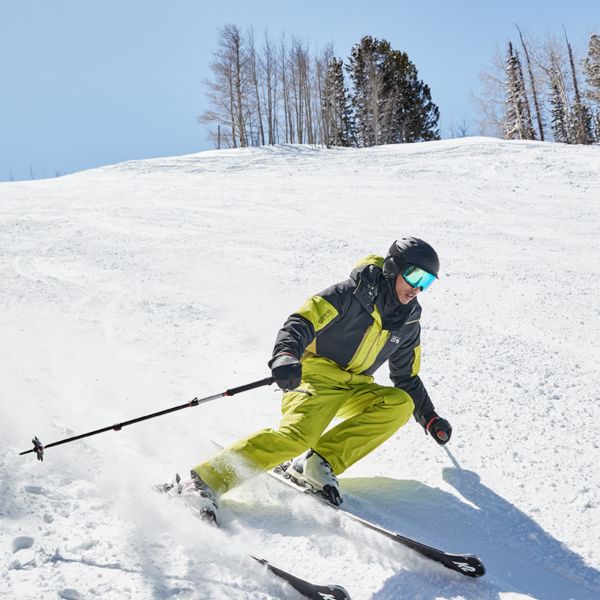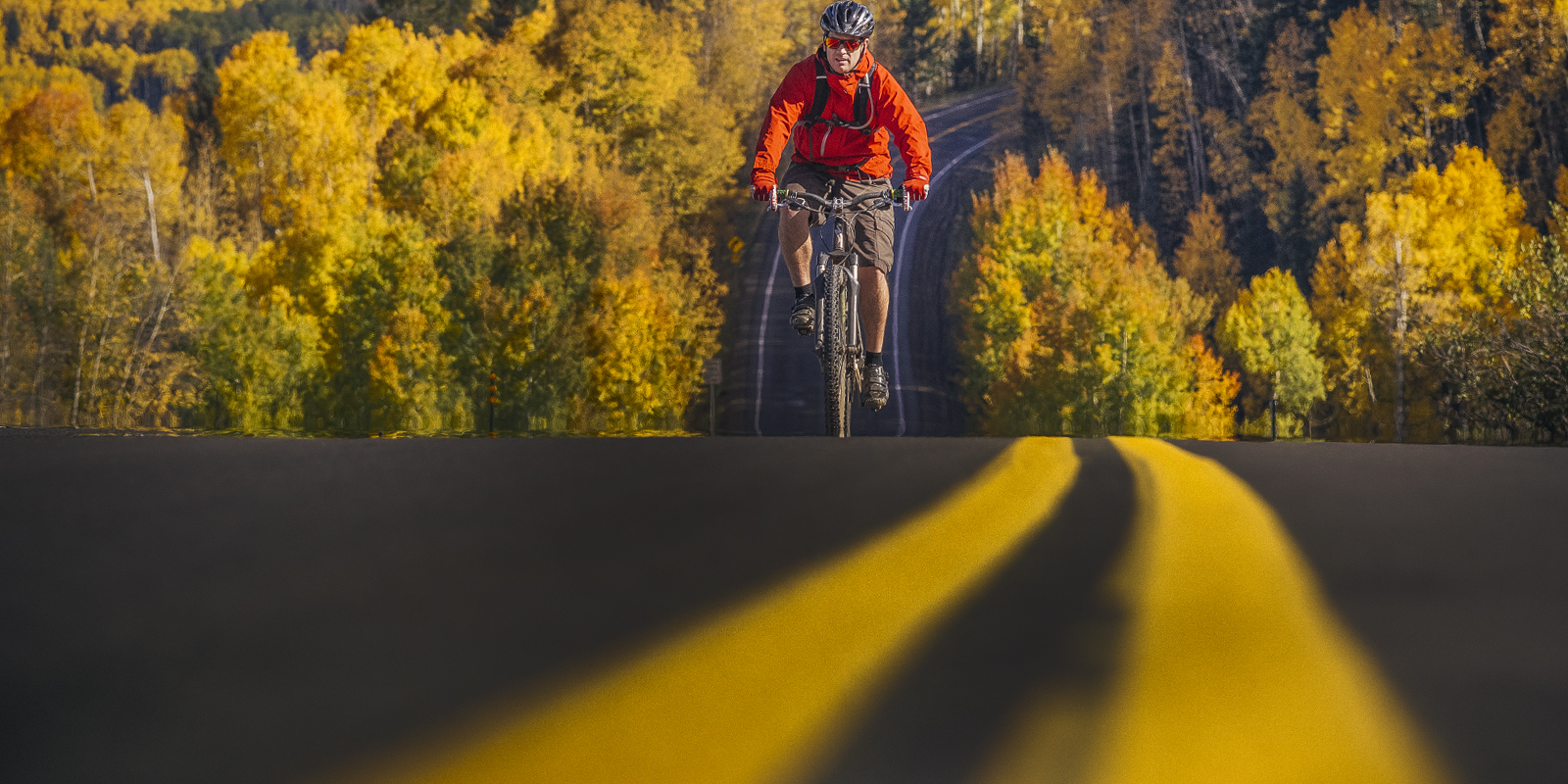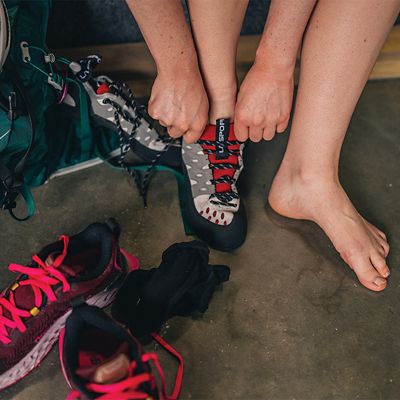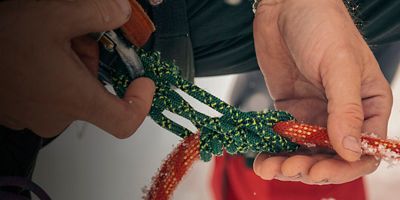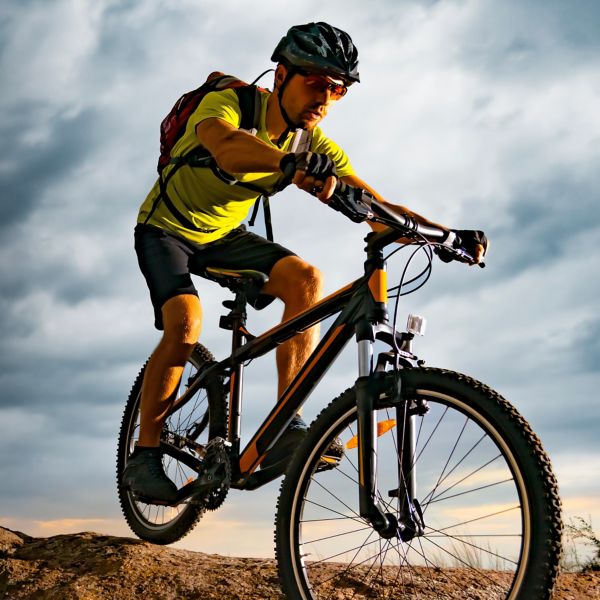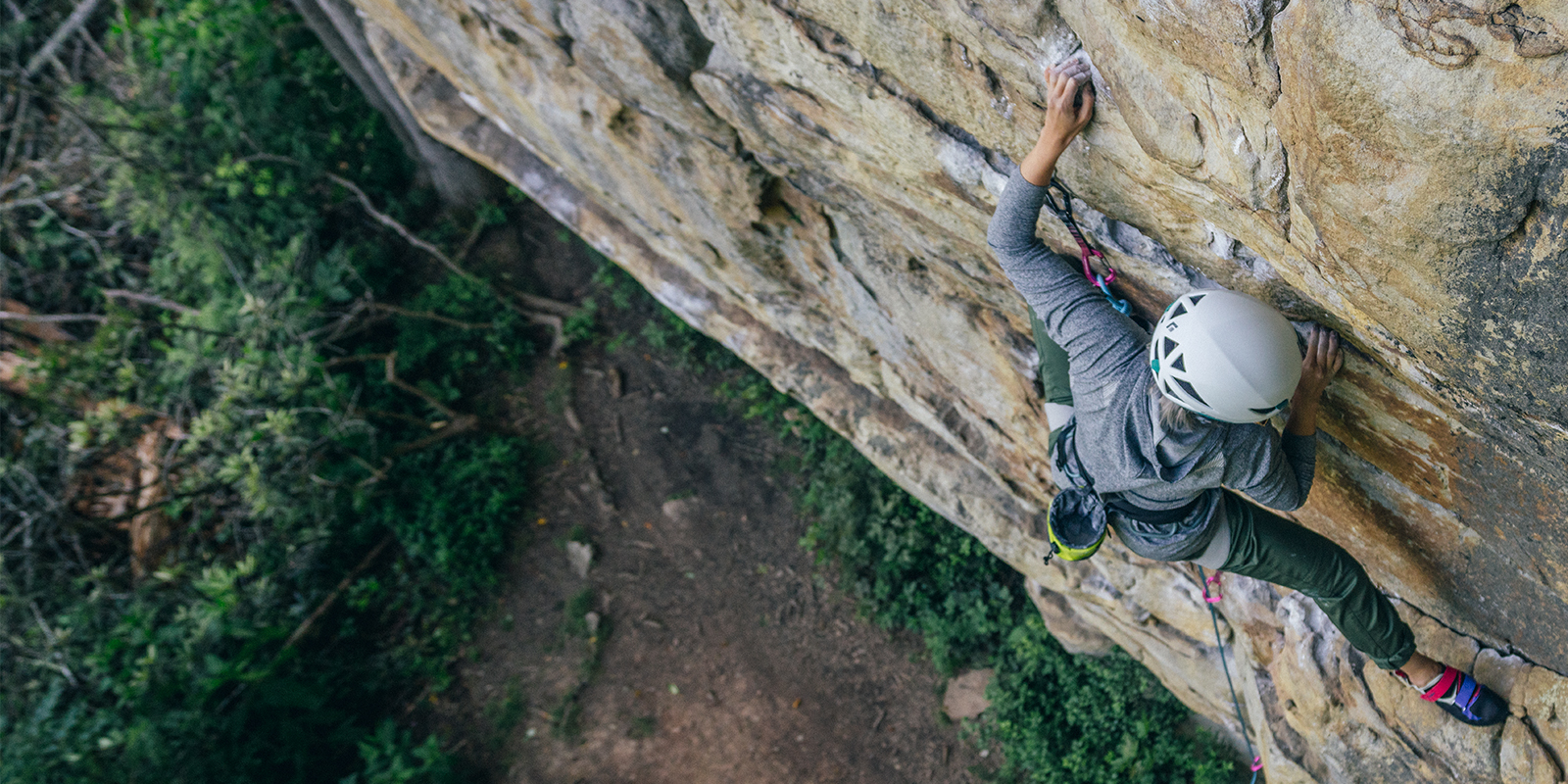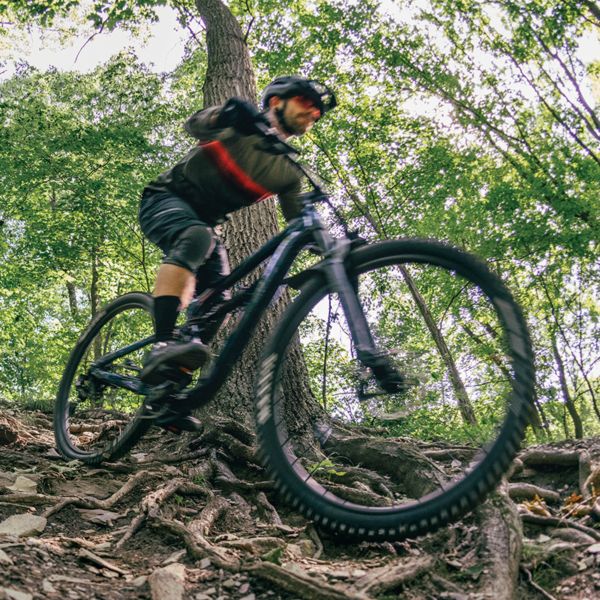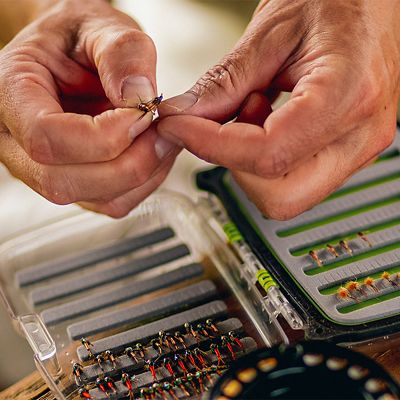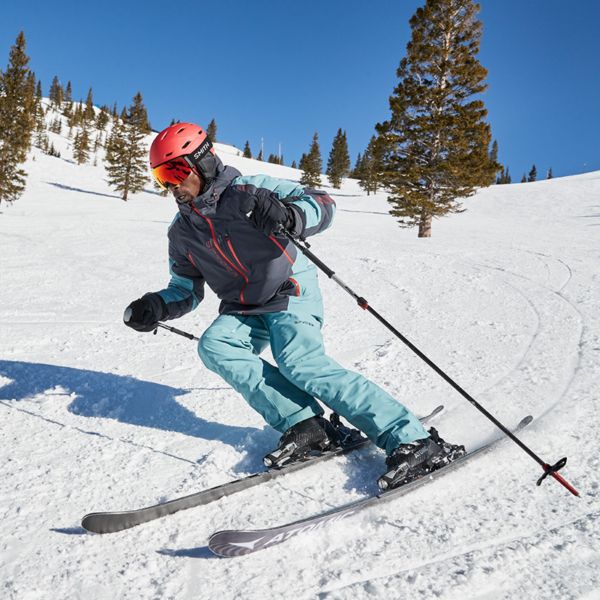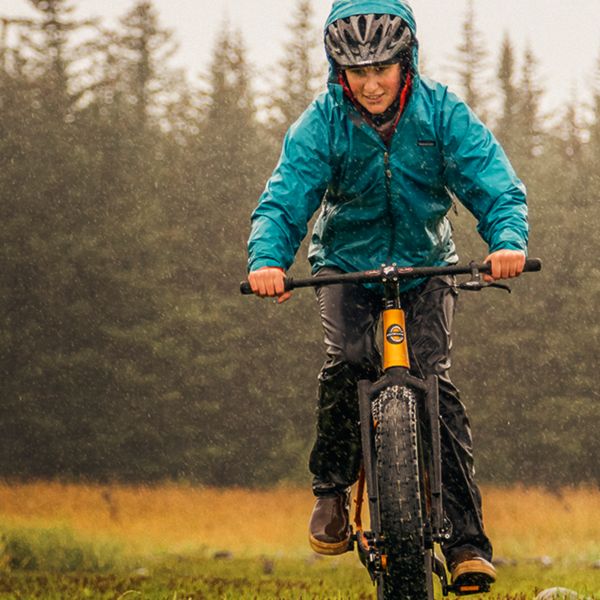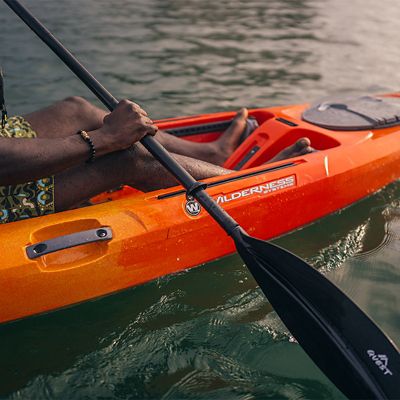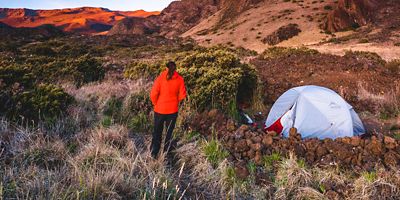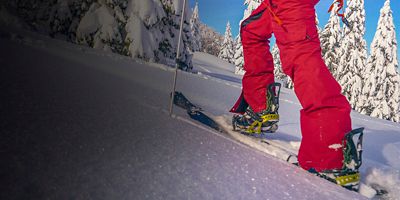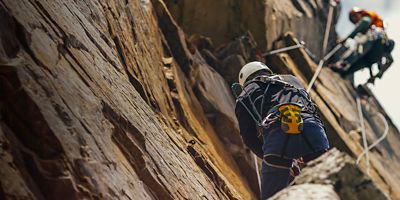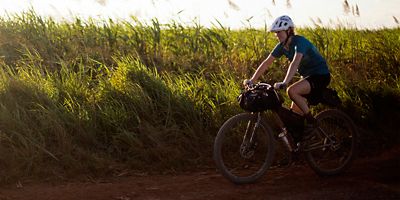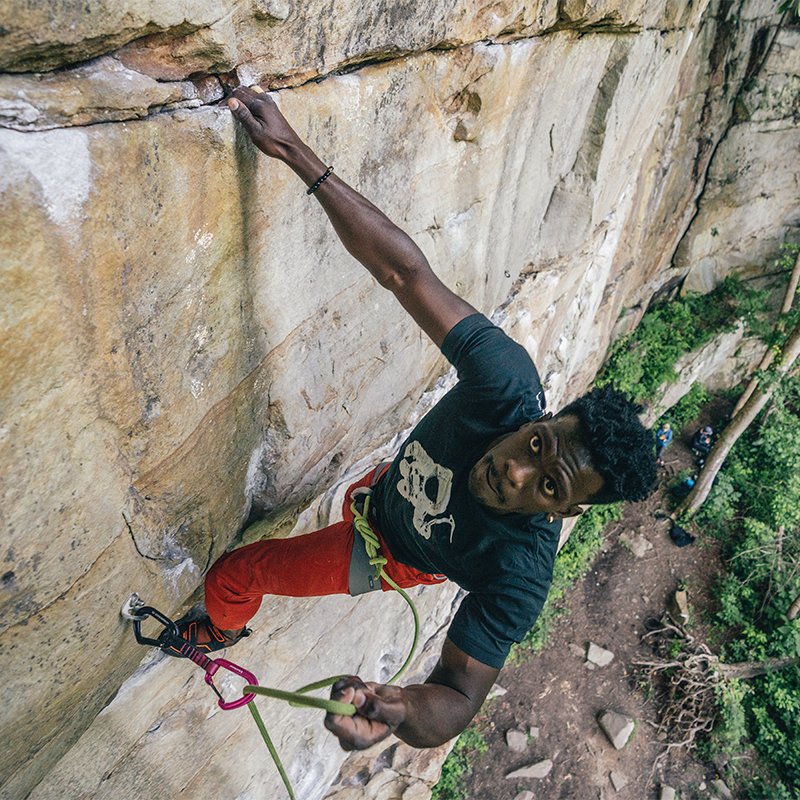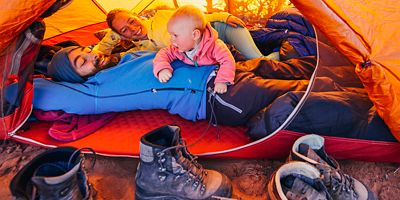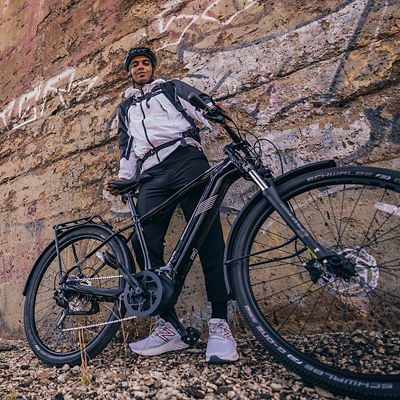The right road running shoes can make the miles fly by, while the wrong ones can lead to discomfort and even injury. If you’re just starting out, the jargon can be daunting, so begin with this guide to stride, shoe types, and features at work.
Then, if possible, consult a knowledgeable salesperson, tell them the kind of mileage and surfaces you run, and let them watch you run on a treadmill or around the store in a range of different shoes. Do you have worn running shoes? Bring them in, and the salesperson may check for worn tread areas, which can be indicators of running form and stride that point to needs for different features on your new shoes.
Here’s how to get started.
KNOW YOUR STRIDE
Your shoes should match your running stride (also called running gait). Generally, strides are broken into neutral, slightly pronating, and pronating (supinating is rare). The best way to know what kind of stride/gait you have is to have a knowledgeable running shoe salesperson, physical therapist, or movement specialist film you running on a treadmill or on a section of road, then rewatch and analyze the video with you in slow motion. (You can try to do this with a friend, watching to see if your feet and ankles move inward—pronate—or not through your gait cycle, but it’s best to engage a professional.)
Neutral: A neutral stride means your feet strike the ground and toe-off without much lateral movement, and neutral shoes don’t have any corrective features to change that.
Slightly pronating: If your feet roll inward during any part of your stride, from when your foot first touches down to when you roll off your toe, you pronate. Some runners only pronate a little bit, while others pronate a lot. And some runners start pronating late in a run as they fatigue. Light stability shoes have features like small amounts of foam that’s more dense than the rest of the midsole, or a small amount of hard plastic TPU built into the midsole to help pronating feet from rolling too far inward.
Pronating: Stability shoes have a significant amount of dense foam or TPU built into the midsole to offer more pronation correction than light stability shoes. Some runners find stable shoes help mitigate achy knees or other pains. (Though wearing stability shoes if you have a neutral gait could create achy knees or other pains.)
Supinating: Though rare, some runners’ feet supinate—or roll outward—when they run. Those runners are best off in neutral shoes.
CUSHIONING
Road running shoes come in a range of cushioning options. Some are maximally cushioned, featuring notably fat midsoles. Some runners prefer this to reduce impact from running on hard surfaces. Maximally cushioned shoes are also often the choice of runners who log high mileage, or crave well-cushioned shoes for recovery runs. Some shoes achieve a cushy ride by using midsole material that’s extremely responsive without being massively thick. Since the latter can be difficult to see at a glance, read up on product descriptions.
Some shoes are less cushioned in order to achieve a more responsive, and therefore, speedy experience. Racing flats, for instance, have minimal cushioning and are meant for just that: racing. Generally speaking, the less cushioning, the quicker a runner reaches the toe-off part of their stride, making for a quick turnover.
Many shoes on the market today strike a balance with very responsive cushioning that allows a runner to achieve a quick turnover and faster stride.


